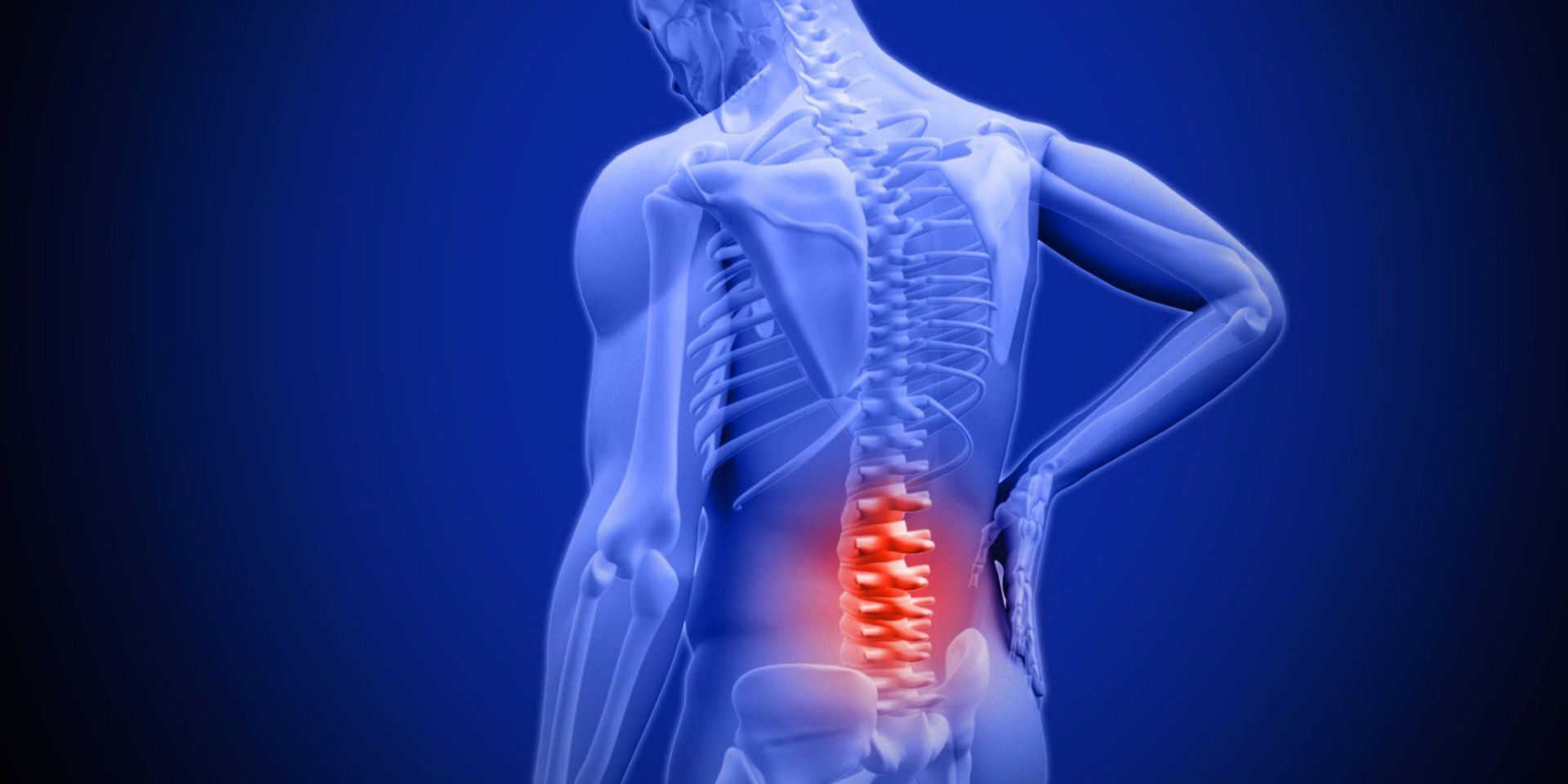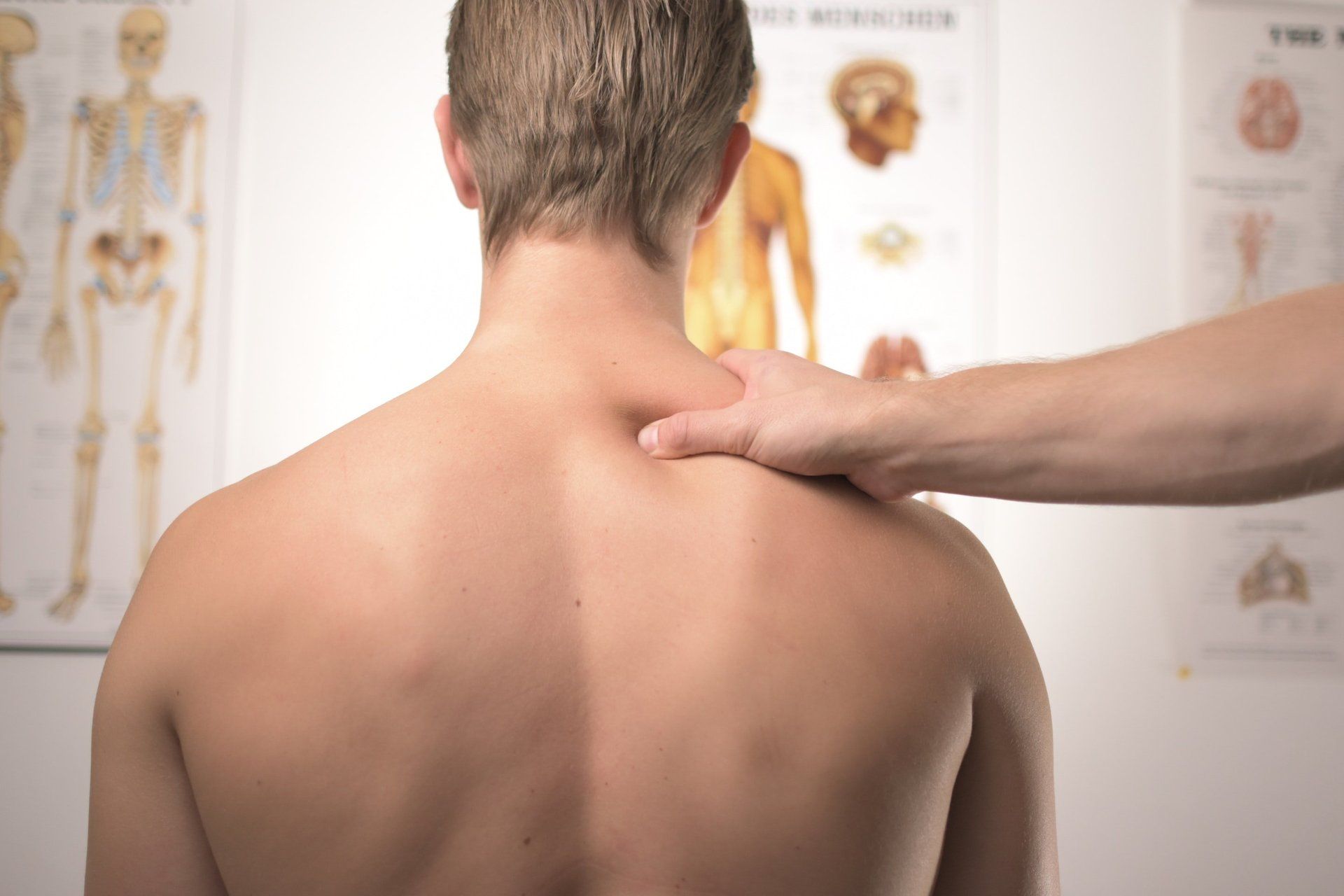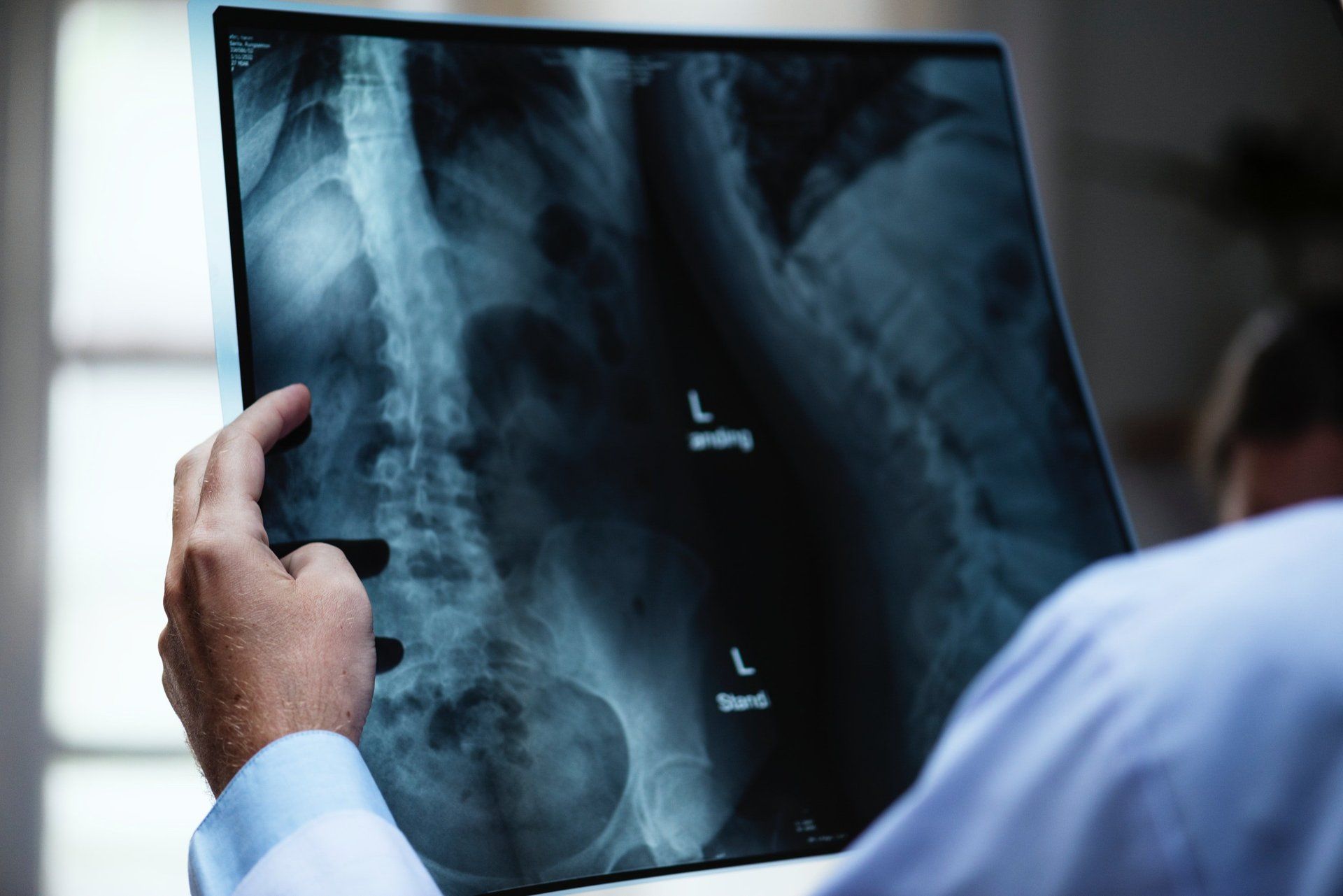Our goal is to find the root cause of your condition and pair that to the most specific and effective treatment for you
Rehabilitation
A thorough and prescribed exercise program to accelerate healing and prevent injury

When discussing low back pain it is common to diagnose ligament sprains, muscle spasm and muscle strains. However, these diagnoses are difficult to narrow down and are usually so general that they are hard to prove. Mainly because the tests to prove these are either non-reliable or invalid. Let’s look a muscle sprain to start with. Most with people with lower back pain wake up one morning and they have excruciating pain, sometimes even debilitating pain and will naturally assume they have a muscle sprain in their lower back. Either due to the excessive work done the day before or the position they somehow found themselves in while sleeping the night before. However, after a couple days, weeks and sometimes unfortunately months after this incident they are no better and are struggling to find answers for their pain. Sometimes these patients have seen a chiropractor, medical doctor, physical therapist with no help or alleviation of the pain. So they are stuck wondering why they are in so much pain and why does no one have answers for them. The simple answer is that they were probably given the quick diagnosis of a muscle sprain and then sent on their way with either a quick adjustment, a few exercises, or even some muscle relaxers to help with the “tension” felt in the lumbar spine. The reason this happens is that hitting the criteria for a muscle sprain is easy . It requires pain in the assumed involved muscle along with reduced range of motion. This can be caused by any number of conditions in the lower back, and usually muscle strains are in response to something else. So what causes lower back pain then? The three most common causes of lower back pain are sacroiliac dysfunction at 20%, zygapophyseal joint dysfunction at 10-15% (also known as facet syndrome) and discogenic pain at 40% of the time. Sacroiliac Pain : This is pain that starts between the junction where the spine meets the pelvis. This condition is significantly more common in females than males, mainly due to their increased laxity (mobility) in their pelvic joints. Also, women will usually injure the sacroiliac joint during pregnancy or during a difficult delivery. Facet Syndrome : Early we mentioned how this can cause lower back pain 10-15% of the time. However, in the elderly where arthritic changes are more statistically common, the facet joints will be the common cause of chronic lower back pain 40% of the time. The reason this happens is because of the decreased joint space and inherit bone spurs that are commonly seen with arthritic changes. This can also happen from poor motor patterning over a long period of time. Discogenic pain : The cardinal pathological finding for discogenic pain in the lumbar spine is internal disc disruption. Which is basically enough of an injury to cause structural damage to the internal configuration of a spinal disc. This is the most common type of lower back injury occurring 40% of the time in chronic lower back pain patients. This is so common that this topic is worthy of many more posts to come but we really just wanted to explain some of the basics and give a necessary understanding of lower back pain. The goal of this post was not to give exact data on different injuries and how they occur or what type of treatment is necessary but to explain that a lot of patients experience the same thing and have chronic pain without really ever truly understanding why they have pain. The first step is and will always be to get a proper and exact diagnosis of your condition or syndrome because once that is understood the treatment can be significantly more specific to your pain and the results can then be more predicted and accurate. Getting a correct diagnosis is something that we specialize in at Salida Sport and Spine. A correct diagnosis leads to a correct treatment which leads to you, the patient, truly understanding how this happened and how you can prevent it in the future. Only with a proper and exact understanding will the treatment fall in line and give you your best shot at eliminating pain and dysfunction. That is our goal for every patient at Salida Sport and Spine. Schedule a new patient exam today and find out for yourself what has been causing you restless sleep for the past couple weeks, months, and even years.








